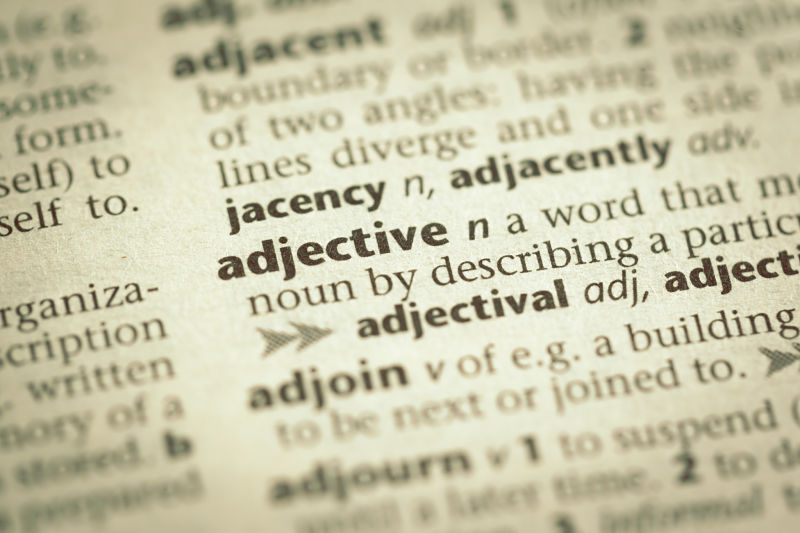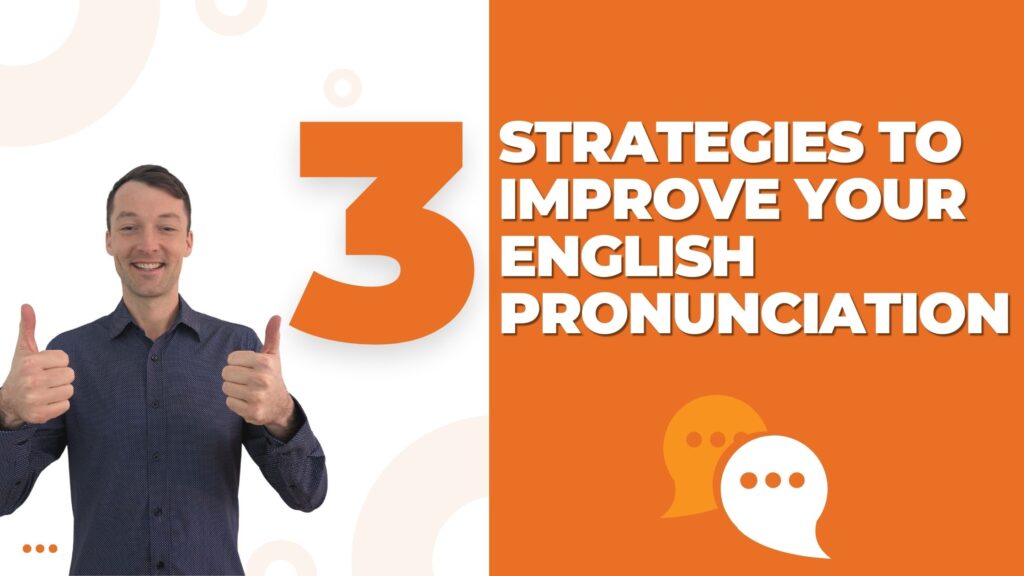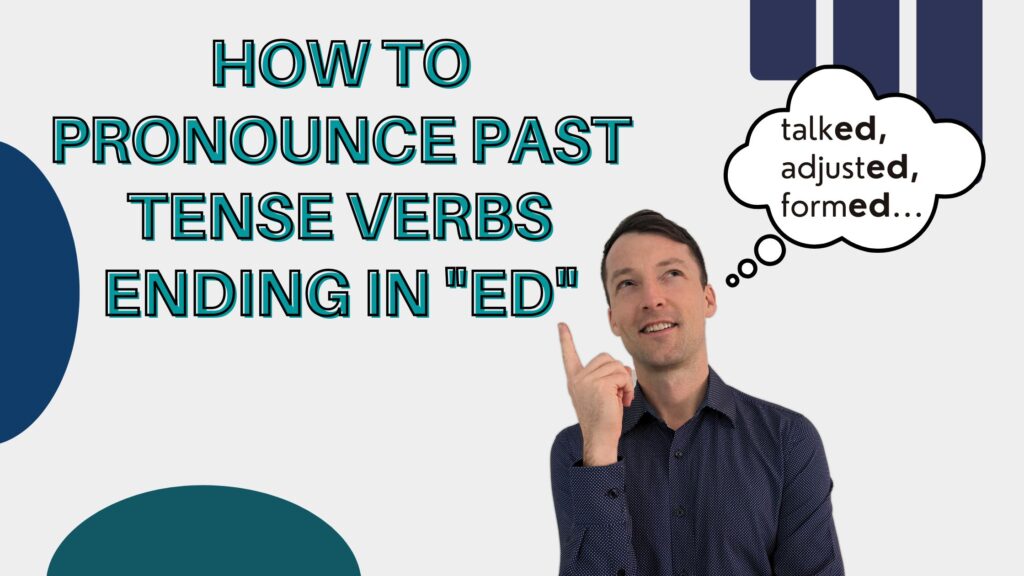Adjective clauses help our speech and our writing to be more interesting. We know that an adjective describes or modifies a noun or pronoun ( a large dog). We know that a clause contains a subject and a verb. Sometimes a clause can be used as an adjective to describe a noun (a dog that is large). In this posting I talk about how to form and use adjective clauses. I include many example sentences. The download at the end will give you additional practice using adjective clauses.
All adjective clauses are dependent clauses. This means that they cannot stand alone as complete sentences.Let us look at how we form adjective clauses.
Adjective clauses with relative pronouns
Adjective clauses are frequently introduced by relative pronouns (who, whom, whose, that, and which). Look at the sentence below.
The angry dog barked at me. ![]() The word angry is an adjective describing dog. This is a one-word adjective. There is no adjective clause here.
The word angry is an adjective describing dog. This is a one-word adjective. There is no adjective clause here.
Now look at the next sentence below.
The dog that was angry barked at me. ![]() The words that was angry form an adjective clause. That is the subject of the clause and was is the verb. The clause describes dog. The meaning of the two sentences is essentially the same.
The words that was angry form an adjective clause. That is the subject of the clause and was is the verb. The clause describes dog. The meaning of the two sentences is essentially the same.
Now let us look at some example sentences using the other relative pronouns.
- The man who has a blue car is the president of the company.
 Who has a blue car describes man.
Who has a blue car describes man. - The woman whom you met is my aunt.
 Whom you met describes woman.
Whom you met describes woman. - People whose adult children live far away have to travel often.
 Whose adult children live far away describes people.
Whose adult children live far away describes people. - The book which I wrote has become a bestseller.
 Which I wrote describes book.
Which I wrote describes book.
Adjective clauses using relative adverbs
Adjective clauses can also begin with a relative adverb. There are three relative adverbs: where, when, and why. Although these words usually denote adverbs, they can sometimes introduce a clause that describes a noun. Here are some examples.
- This is the house where Abraham Lincoln was born.
 Where Abraham Lincoln was born describes house.
Where Abraham Lincoln was born describes house. - Tomorrow is the day when she starts her new job.
 When she starts her new job describes day.
When she starts her new job describes day. - I don’t know the reason why he didn’t show up at the party.
 Why he didn’t show up at the party describes reason.
Why he didn’t show up at the party describes reason.
Adjective clauses with and without commas
Some adjective clauses require surrounded commas (,) on either side of the clause. These are called non-restrictive adjective clauses. An non-restrictive adjective cause supplies extra information, but we don’t need it for the meaning of the sentence to be clear. Look at the example sentence below.
My dinner,which I ate 30 minutes ago, was delicious. ![]()
The sentence is about my delicious dinner. When I ate it is less important and not needed to fully understand the sentence.
Some adjective clauses do not need commas. These are called restrictive adjective clauses. Look at this example.
The girl who is wearing the pink dress is my sister. ![]()
There may be several girls in the room. If I simply say, “The girl is my sister, ” it may confuse you. You do not know which girl I am talking about. It is only after I tell you that she is the girl in the pink dress that the sentence makes sense.
Adjective clauses with without a word to introduce them
Adjective clauses that we introduce with a relative pronoun have a special quality. It is possible to reduce them. When this happens, the relative pronoun disappears. In the following example sentences, you will see two sentences in each group. The first will be have relative pronoun, and the second will show the same sentence without the pronoun (reduced).
- We can simply omit the relative pronoun.
An instrument that I love is the flute. ![]()
An instrument I love is the flute. ![]()
2. We can omit the relative pronoun and the helping verb (be). When this happens, the adjective clause turns into an adjective phrase. We often use this construction in the passive voice.
The money which was borrowed from the bank must be returned. ![]()
The money borrowed from the bank must be returned. ![]()
3. We can omit the relative pronoun and the helping verb (be), and keep the main verb in the ing form. When this happens, the adjective clause also becomes an adjective phrase.
The man who is teaching the class is a famous professor. ![]()
The man teaching the class is a famous professor. ![]()
You now know that adjective clauses are entire clauses that become adjectives. They modify or describe nouns. We can introduce adjective clauses with relative pronouns (who,whom, whose, that, which) or relative adverbs (where, when, why). Adjective clauses may be non-restrictive (not needed for meaning and surrounded by commas) or restrictive (needed for meaning and without commas). We can also reduce adjective clauses with relative pronouns to adjective phrases. to adjective phrases. The download will give you more practice using adjective clauses.
Idioms of the day
- to hit below the belt–This means to say something very mean and cruel to someone in order to hurt them. When he ignored me, I didn’t like it. But when he told me I didn’t get a promotion because I was stupid, that really hit below the belt.

- on its last legs–This means that something is about to fail or die. I really need to get a new car. The car I have is 20 years old and is always breaking down. It’s on its last legs.






